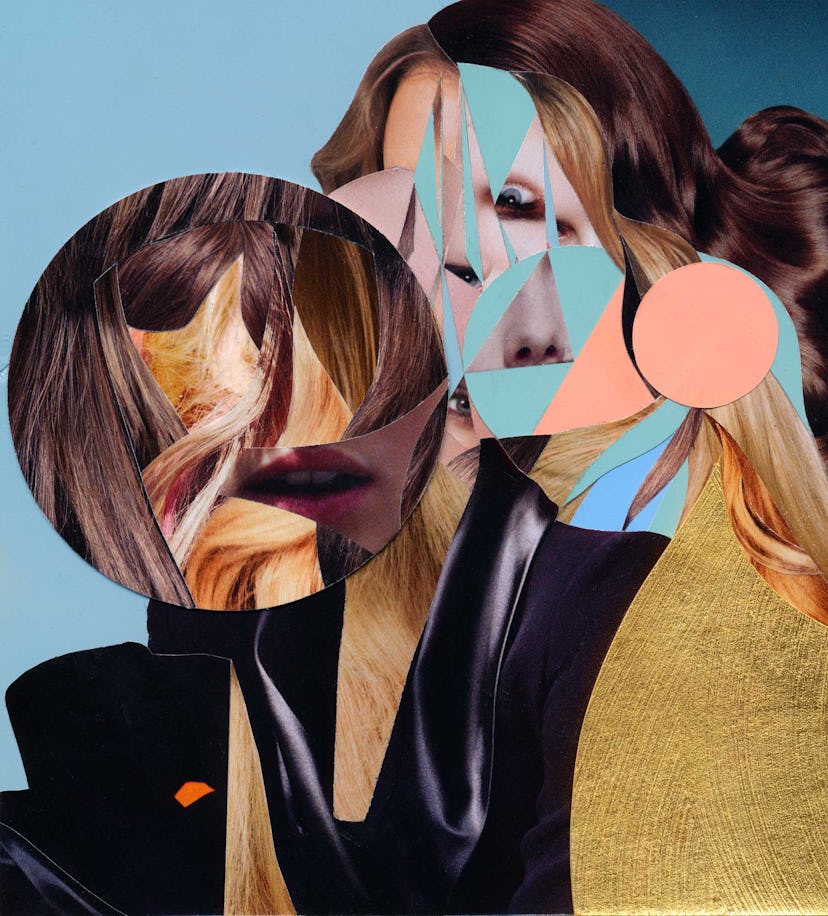By Invitation Only

Lanz Kinz and Michelle Tillou, the duo behind the gallery Kinz + Tillou, know the power of exclusivity. That’s why they decided to inaugurate their newly renovated Brooklyn space with a group exhibition titled “By Invitation Only.” “If it seemed that it was ‘by invitation only,’ everyone would want to come,” explains Kinz.
For the show, curator Renée Riccardo, artist Mickalene Thomas, and Spring/Break art fair founders Ambre Kelly and Andrew Gori were asked to showcase the work of talented up-and-comers who lack gallery representation. The opening event packed the gallery’s Brooklyn brownstone with artists, curators, writers and collectors—several of whom purchased the still-affordable pieces.
Preview the exhibition here.
“By Invitation Only“ is on display through July 12 at Kinz + Tillou, 59 Cambridge Place, Brooklyn.
1
“Renée Riccardo is always on the look-out for new and exciting art and is often the first to discover great talent,” says Kinz. For the exhibition, Riccardo selected a group of emerging artists— Yevgeniya Baras, Osamu Kobayashi, Liz Nielsen, and Vargas-Suarez Universal—who “are all working with abstraction in painting and photography but their approaches are all very different,” Riccardo explained.
“Dr. Perrick,” 2012-2014 by Osamu Kobayashi.
2
Riccardo also selected artists Macklen Mayse and Hiba Schahbaz, who, she says, “are creating works that deal with self-portraiture, but they are universal images that could be of anyone.”
“Column Hug Series, Attempt #18,” 2013 by Macklen Mayse.
3
“We have great respect for her artwork, and we know that she has a sharp and wise eye,” Kinz said of Mickalene Thomas, who chose the work of an artist she knows very well, her studio manager Jeff Vreeland. “Jeff uses elements of collage to create compositions which are equally elegant and disturbed,” she says.
“Portrait #1,” 2013 by Jeffrey Vreeland.
4
Ambre Kelly and Andrew Gori “see a lot of art, and they know well the pulse of the art scene,” explains Kinz. The duo opted to create an exhibition within an exhibition, titling their section “Chiaroscuro,” Italian for the interplay between shadows and light. “There’s also a fun tension between the term’s art-historical poster children, like Caravaggio, and the very contemporary way we chose to update it, confuse it, betray it,” says Gori.
“False Negative,” 2014 by John Whitlock.